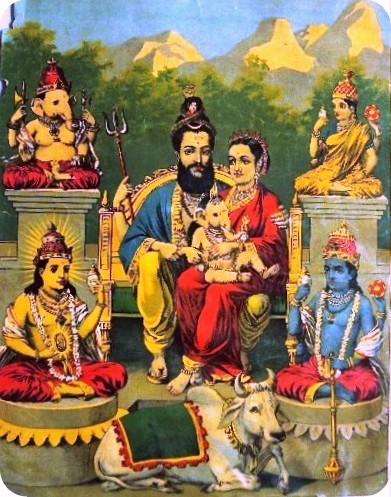Names of Lord Shiva The month of Magha is meant for the worship of Siva, Vishnu, Surya, Devi and Ganesha. Particularly the last week of this month is devoted to the worship of Lord Shiva. It is the much-awaited annual holy festival of Lord Shiva for all the Devotees of this supreme God. This is Read More
Ads Blocker Detected!!!
We have detected that you are using extensions to block ads. Please support us by disabling these ads blocker.

